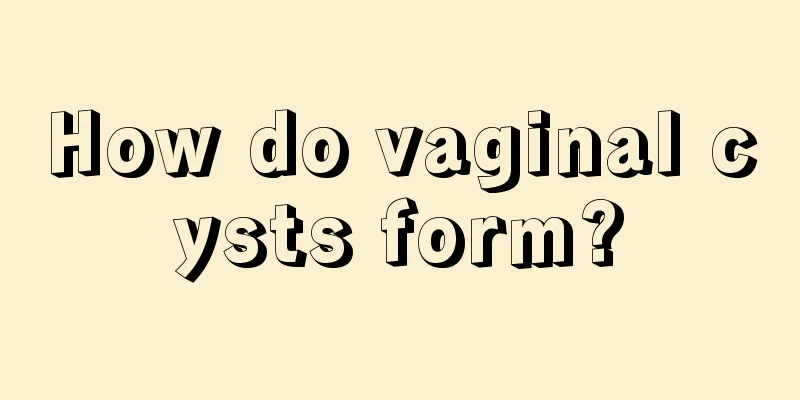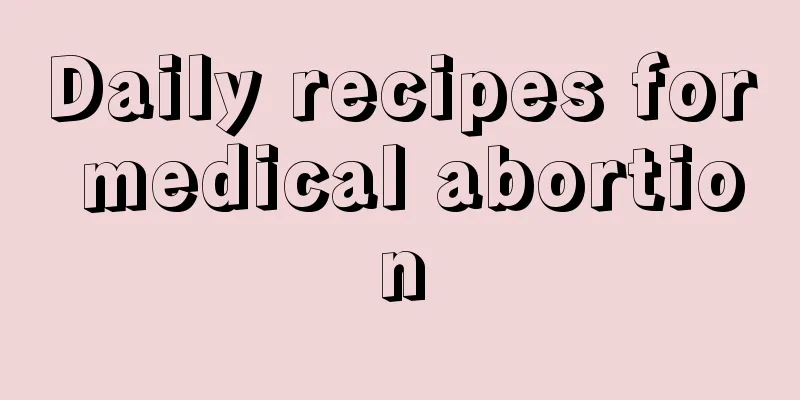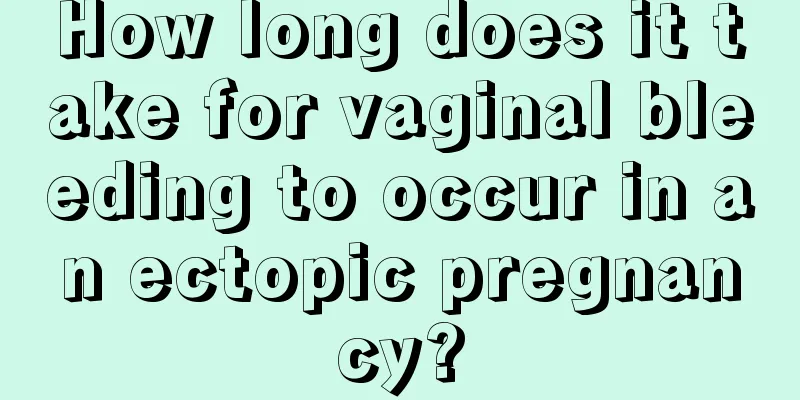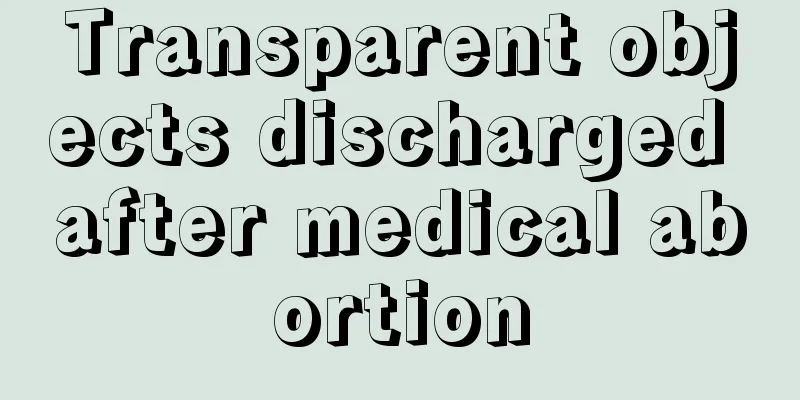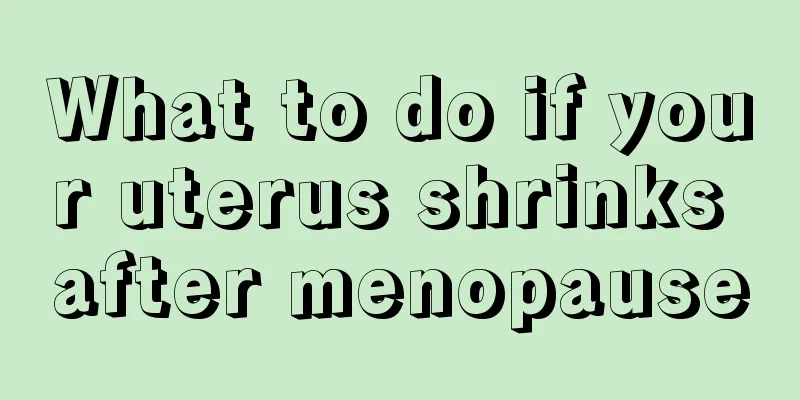The final result of untreated intrauterine adhesions
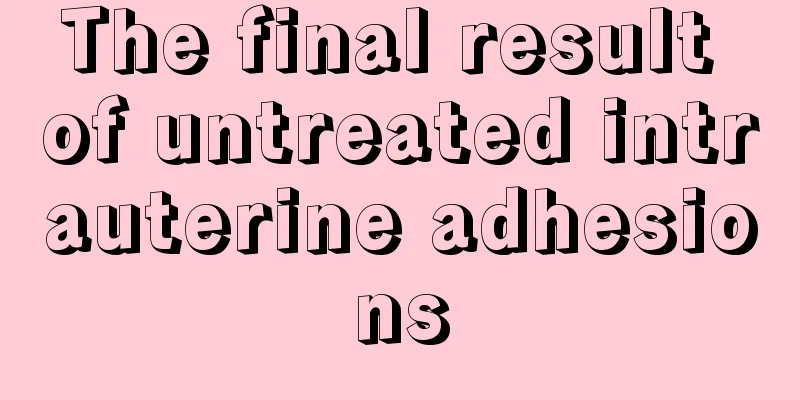
|
For some people, after being diagnosed with intrauterine adhesions, the test results show that they are not serious. Some people may think that if they pay more attention to themselves, the condition will not get worse, so there is no need for intentional treatment. Can intrauterine adhesions be left untreated? The editor tells everyone without a doubt that intrauterine adhesions must be treated. If intrauterine adhesions are not treated, the following adverse effects may occur: 1. Complications Intrauterine adhesions are often complicated by fallopian tube blockage, fallopian tube adhesion blockage, and even fallopian tube blockage or obstruction, which prevents the normal and smooth fusion of sperm and egg cells and causes infertility. 2. Unfavorable sperm survival rate Because of the scarring of uterine wall tissue and intrauterine lock caused by intrauterine adhesions, the consistency of the uterine wall layer is destroyed, causing the physiological functions of the uterine wall to be unbalanced and chaotic, which is very unfavorable for male sperm storage, survival and capacitation, and thus causes infertility and miscarriage. 3. Infertility, repeated miscarriages, and premature births Uterine adhesions are prone to secondary infertility, and even if pregnancy occurs, repeated miscarriages and premature births are very likely to occur. Due to uterine cavity adhesion, endometrial destruction and reduced uterine capacity, the normal embryo implantation of test tube embryos is affected. It also affects the fetus's ability to survive in the uterine cavity to full term. 4. Amenorrhea For patients with complete adhesions in the uterine cavity, amenorrhea may occur in mild cases. The duration of amenorrhea may not be long, and can be treated with estrogen and estrogen without causing withdrawal bleeding. Patients with partial adhesions in the uterine cavity and partial destruction of the endometrium may show oligomenorrhea but abnormal menstrual cycles. 5. Regular abdominal pain Regular abdominal pain, usually during abortion and about one month after curettage, there will be sudden lower abdominal cramping pain, more than half of which are accompanied by a feeling of anal distension. Some patients have severe abdominal pain, restlessness, difficulty moving, and even exhalation and defecation are very painful. |
<<: Precautions after hysteroscopic curettage
>>: Follow-up after intrauterine adhesion separation
Recommend
How to improve breast structural disorder
Breast structural disorder is generally caused by...
Is cervical screening painful?
With the improvement of people's living stand...
What are the symptoms of ovarian torsion after egg retrieval?
In order to help some infertile couples to succes...
Anti-aging fruits and vegetables ranking, anti-aging diet points
Medical research has shown that diseases related ...
Latest release! China's Citizens' Health Literacy - Basic Knowledge and Skills (2024 Edition) is here →
May 30 The National Health Commission’s official ...
Do you have wrist pain when writing or working? Try this method to relieve it!
We use our hands frequently every day Doing house...
Polycystic ovary syndrome exercise
Polycystic ovary syndrome is a condition that aff...
Dreaming about pregnant women
What does it mean to dream about a pregnant woman...
What should a woman do if she always wants to urinate?
What should women do if they always want to urina...
Acupuncture treatment of premature ovarian failure
There are many ways to treat premature ovarian fa...
Post-menstrual weight loss diet
Menstruation is something that our female friends...
Causes of lower abdominal pain and leucorrhea with blood
I believe that female friends must be familiar wi...
Is it normal to get chickenpox during pregnancy? what to do
In the second stage of pregnancy, the physical co...
What is amyloidosis? What happens if it affects the kidneys?
Author: Liu Gang, Chief Physician, Peking Univers...
What is the cause of leucorrhea with blood and lower abdominal distension and pain?
Gynecological diseases account for a large part o...

